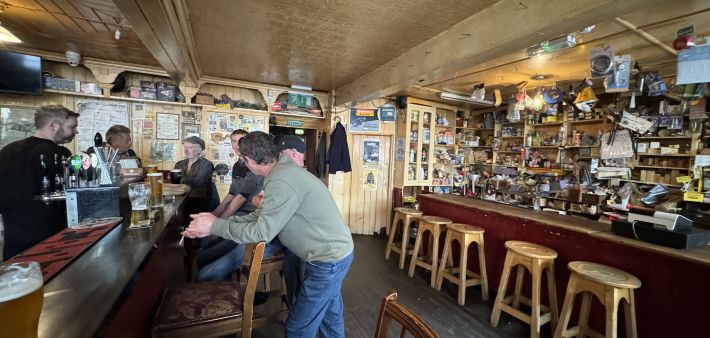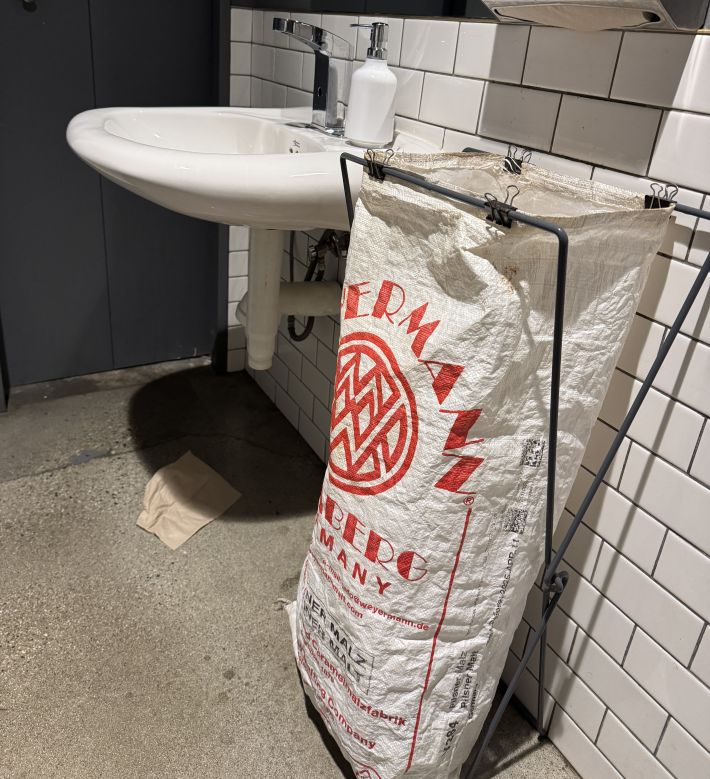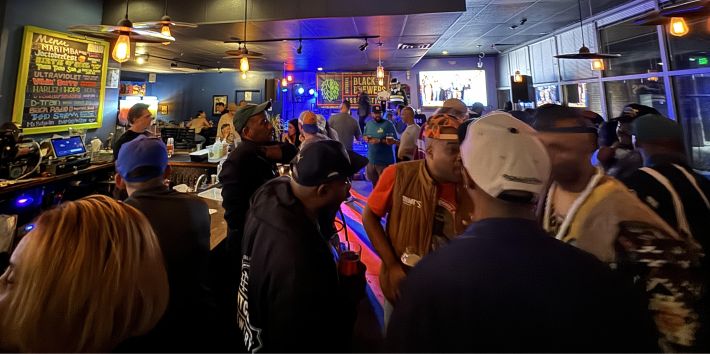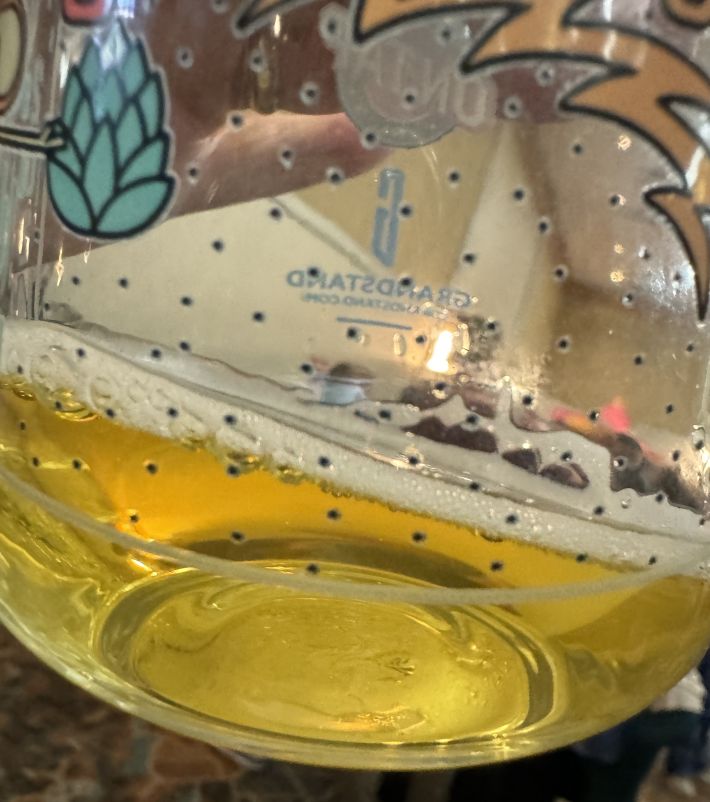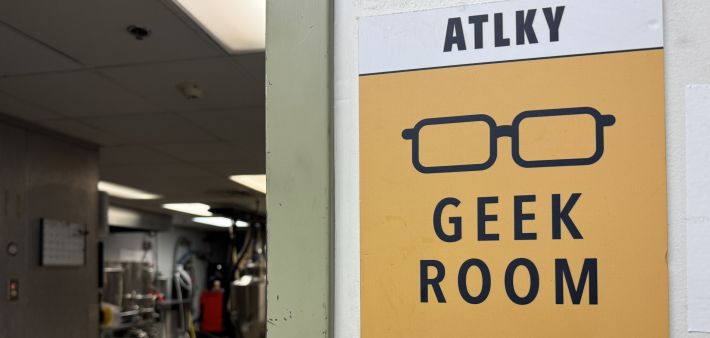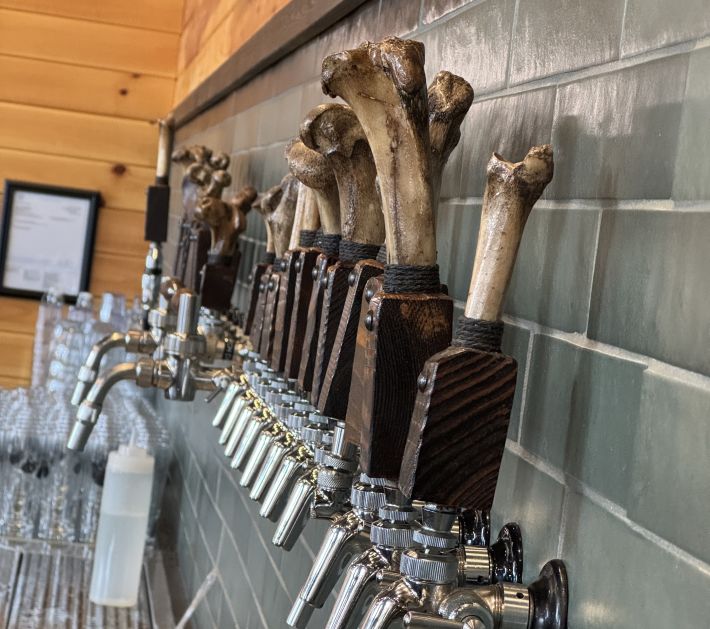First, don’t forget that Alan McLeod will host the first gathering of The Session since Dec. 12, 2018. Here’s everything you need to know to participate. And please do.

The most interesting story of the week, at least to me, is that American Homebrewers Association will operate autonomously from the Brewers Association. There are plenty of “what next?” questions. Some are answered at the AHA website.
Before the AHA and BA are severed, it is worth a few minutes to consider how important homebrewers were in establishing what became the Brewers Association. You could start with the timeline: The AHA was formed in 1978 (and announced in Zymurgy magazine), the Association of Brewers was organized to include the American Homebrewers Association and the Institute for Brewing and Fermentation Studies in 1983, and Association of Brewers and the Brewers Association of America merged to the Brewers Association in 1995.
That merger did not come easily. Steve Hindy provided details in The New Brewer magazine in 2006 and later in “The Craft Beer Revolution.” Negotiations went on for about two years, the meetings “intense and sometimes contentious.” Randy Mosher was on the BAA-AOB task force formed to consider the merger.



